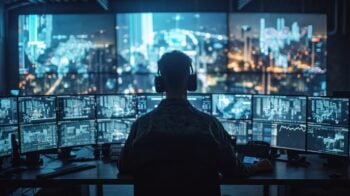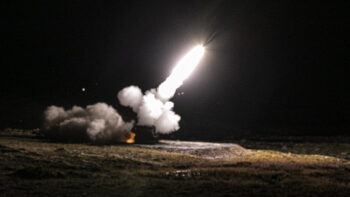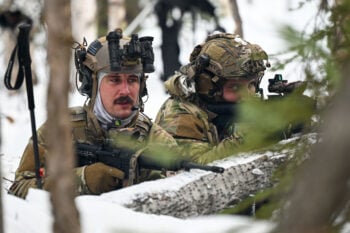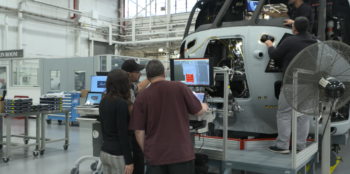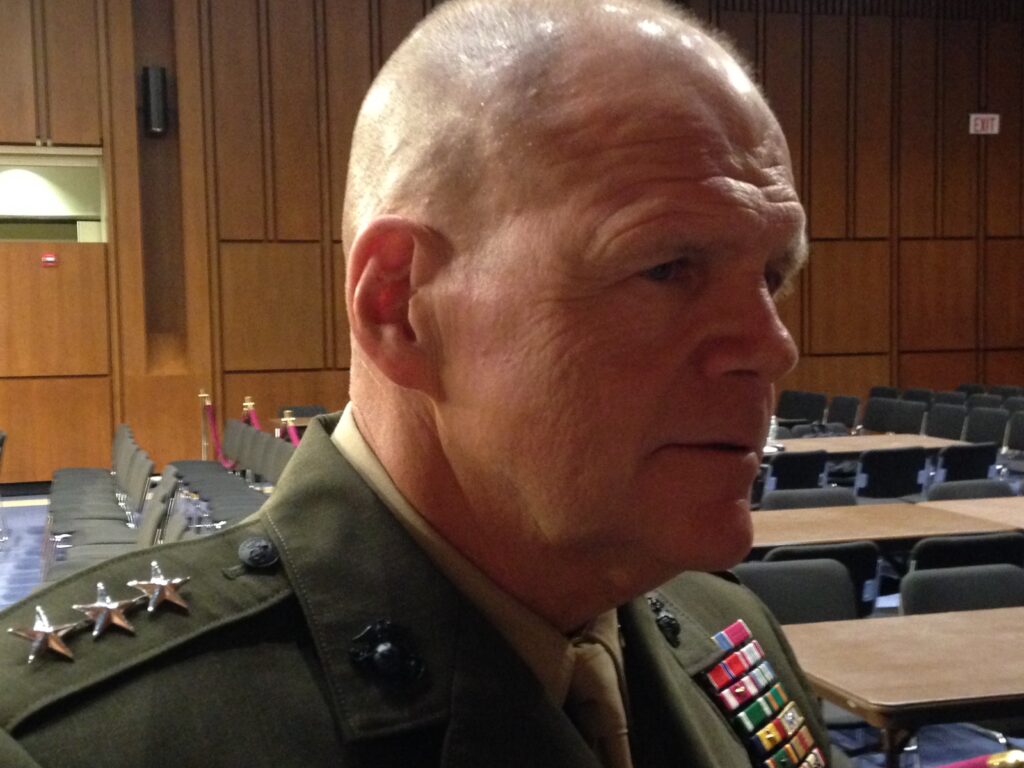
General Robert Neller
WASHINGTON: Marines, turn off your iPhone and dig yourself a foxhole. That’s the Commandant’s message to young troops, based on embarrassing experiences in recent exercises. As cheap drones and other surveillance technologies spread worldwide, said Gen. Robert Neller, US forces must re-learn how to hide — both physically and electronically — from increasingly tech-savvy adversaries.
“We’ve got to change the way we’re thinking….An adversary can see us just as we see them,” said Gen. Neller. “If you can be seen, you will be attacked.”
In particular, US field HQs have grown into notoriously large targets. In one exercise, Neller said, a Marine Expeditionary Force headquarters did almost everything right. They covered everything in camouflage netting — a largely lost art since 9/11 — and set up their radio antennas at a distance so a strike homing in on them wouldn’t hit the HQ itself. But old counterinsurgency habits die hard, and the Marines also put concertina wire around a key location. Seen from the air, the barbed wire glinted in the sun and made a shining circle, like a bull’s eye, around what it was supposed to protect.
“That was where the intel people where,” Neller said to laughter.
Some times, the giveaway won’t be visual; it’ll be electronic and it’s not necessarily military electronics. In the same exercise, the biggest, most glaring source of electromagnetic transmissions wasn’t from the HQ’s radios: It came from the billeting area, where young Marines were using their personal devices. “So we had to take everybody’s phone away,” Neller said. “I know that sounds silly, but it’s not.”
The enemy can take away your electronics too, Neller noted, so Marines are increasingly training to operate when their GPS mapping, digital radios, and other 21st century standbys have been jammed or hacked. The simulated Opposing Force (OPFOR) at 29 Palms now uses off-the-shelf quadcopter UAVs to spy on the US side in wargames.
“I have no doubt in my mind that our force will figure it out,” Neller said. “Being young is an advantage, (and) we have to take advantage of their youth, their enthusiasm, their fitness, and then get them to grow up really fast….They’ve grown up in this (digital world) and they’ll adjust, but we have to put them in situations where they have to deal with it.”
Part of the solution is just going back to pre-9/11 basics. In Afghanistan and Iraq, Neller said, Marines didn’t paint their faces dark colors for night operations, stick foliage to their helmets to break up their silhouette, or dig foxholes. Those Cold War skills must be relearned, he said.
It’s about “digging a hole, preparing a defensive position, and camouflaging that, living in the field, and not going back to a FOB overnight to check your email,” Neller said. “For the last 15 years…we’ve been operating out of fixed positions, we have not moved across the ground, we have not maneuvered, we have not lived off the land, we’ve been eating in chow halls and drinking Green Bean coffee.”
Marines use off-the-shelf Samsung tablets to coordinate operations from the back of a V-22 Osprey in an Infantry Officer Course experiment.
Restructuring the Corps
But the solution also requires reallocating resources. A plan to restructure the Marine Corps for the world of 2025 is in flux, with no final answer expected before January, Neller told reporters after his talk today at the Center for Strategic & International Studies. But he knows some things the service needs more of.
“More cyber, more information ops, more electronic warfare — both attack and defend,” Neller said. “One of the things that we’re looking out right now (is) providing every infantry squad an assistant squad leader… that could fly the squad’s UAVs and help the squad leader manage the information.” But such new capabilities must be balanced against retaining more or less of the counter-IED capability built up for Iraq and against traditional combat arms.
“One of the assumptions we have is that we’re not going to get any more people,” Neller said, so any addition must be balanced by cuts elsewhere. Meanwhile, the service is stretched in its current missions. While rifle battalions are in relatively good shape, he said, Marine Corps aviation continues to struggle, though the number of operational aircraft is growing.
“if you talked to the people out in the operational forces… they would tell you the operational tempo today is as high today as it was when we had large numbers of forces in Iraq and Afghanistan,” said Neller. “There is stress on the force.”
Most units get just 12 months stateside to recuperate and train for every six months deployed, compared to the 18 and six in Marine doctrine. You can’t push the force much farther, Neller said: “We’re a 2:1 force and that’s kind of the red line for us as a service.”
Aloha: Fixes ongoing, then Army’s new watercraft prototype is Hawaii bound for testing
“Everything that we can knock off that list we will do in the archipelago…because that allows us to do the tests in the environment that the vessel will operate in ultimately,” said Maj. Gen. Jered Helwig.





















